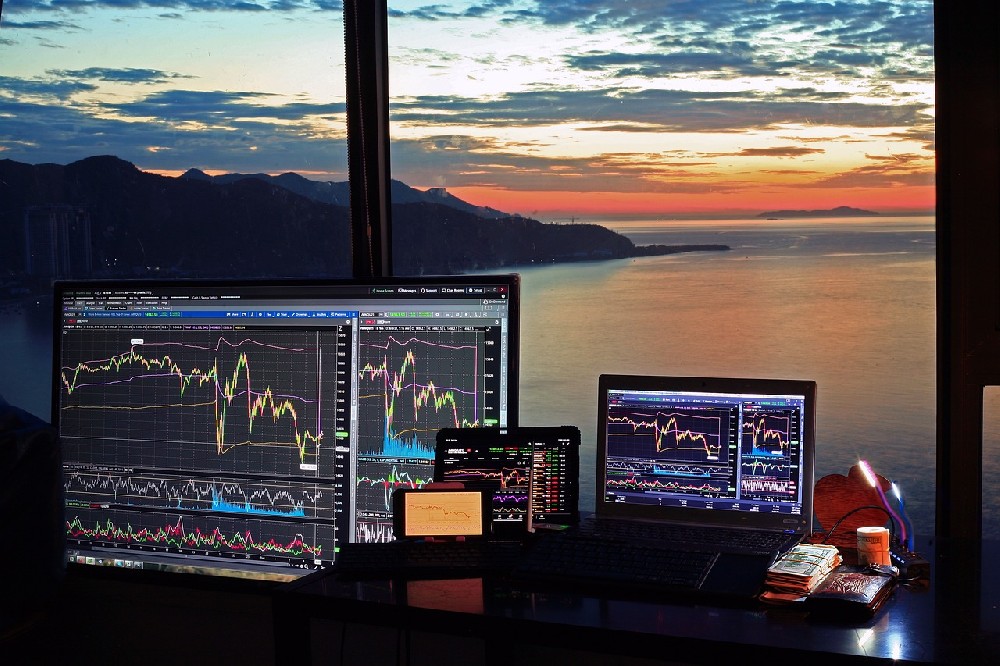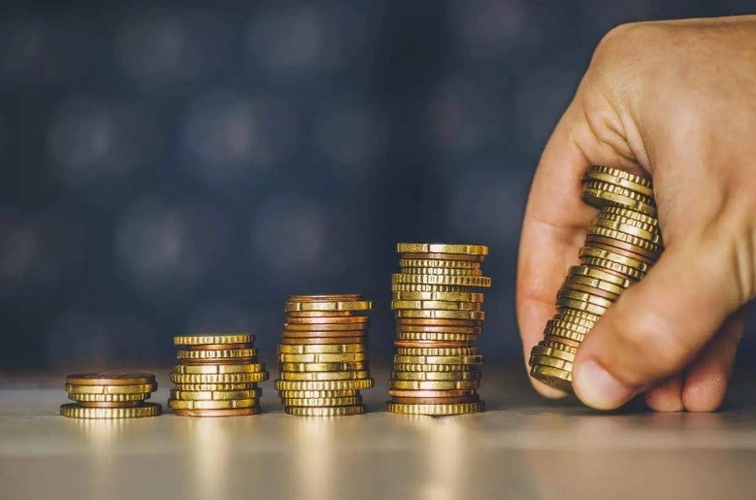Futures trading is a form of financial speculation that involves buying and selling contracts that represent the future delivery of an asset, such as a commodity, a currency, an index, or a stock. Futures traders aim to profit from the price movements of the underlying asset, without actually owning or delivering it.
Futures trading profits come from two main sources: price differences and leverage. Let’s explain each of them in detail.
Price differences
Futures trading profits are generated by exploiting the price differences between the futures contract and the underlying asset. Futures traders can take either a long or a short position, depending on their expectation of the future price direction of the asset.
A long position means buying a futures contract and agreeing to buy the underlying asset at a predetermined price and date in the future. A long trader expects the price of the asset to rise in the future, so that they can sell the contract at a higher price than they bought it, or receive the asset at a lower price than the market price.
A short position means selling a futures contract and agreeing to sell the underlying asset at a predetermined price and date in the future. A short trader expects the price of the asset to fall in the future, so that they can buy back the contract at a lower price than they sold it, or deliver the asset at a higher price than the market price.
The profit or loss of a futures trade is calculated by multiplying the difference between the entry and exit prices of the contract by the number of contracts and the contract size. For example, if a trader buys one E-mini S&P 500 futures contract at 4,500 and sells it at 4,550, the profit is (4,550 - 4,500) x 1 x 50 = $2,500.
Leverage
Futures trading profits are also amplified by leverage, which is the use of borrowed funds to increase the potential return of an investment. Futures traders can use leverage by depositing a small amount of money, called the margin, to control a large amount of the underlying asset. The margin is usually a fraction of the value of the contract, ranging from 3% to 15%.
Leverage allows futures traders to magnify their profits, but also their losses, as they are exposed to the full value of the contract. Leverage also increases the risk of margin calls, which are requests from the broker to deposit more funds to maintain the minimum margin requirement. If the trader fails to meet the margin call, the broker can liquidate the position and cause the trader to lose the entire margin.
For example, if a trader buys one E-mini S&P 500 futures contract at 4,500 with a 10% margin, the initial margin is 4,500 x 0.1 x 50 = $22,500. If the price of the contract rises to 4,550, the profit is $2,500, which is a 11.11% return on the margin. However, if the price of the contract falls to 4,450, the loss is $2,500, which is a 11.11% loss on the margin. If the price of the contract falls further to 4,350, the loss is $7,500, which is more than the margin, and the trader will receive a margin call.
Conclusion
Futures trading profits come from two main sources: price differences and leverage. Futures traders can profit from the price movements of the underlying asset, without actually owning or delivering it, by taking either a long or a short position. Futures traders can also amplify their profits, but also their losses, by using leverage, which is the use of borrowed funds to control a large amount of the underlying asset. Futures trading is a risky and complex activity that requires skill, knowledge, and discipline.







